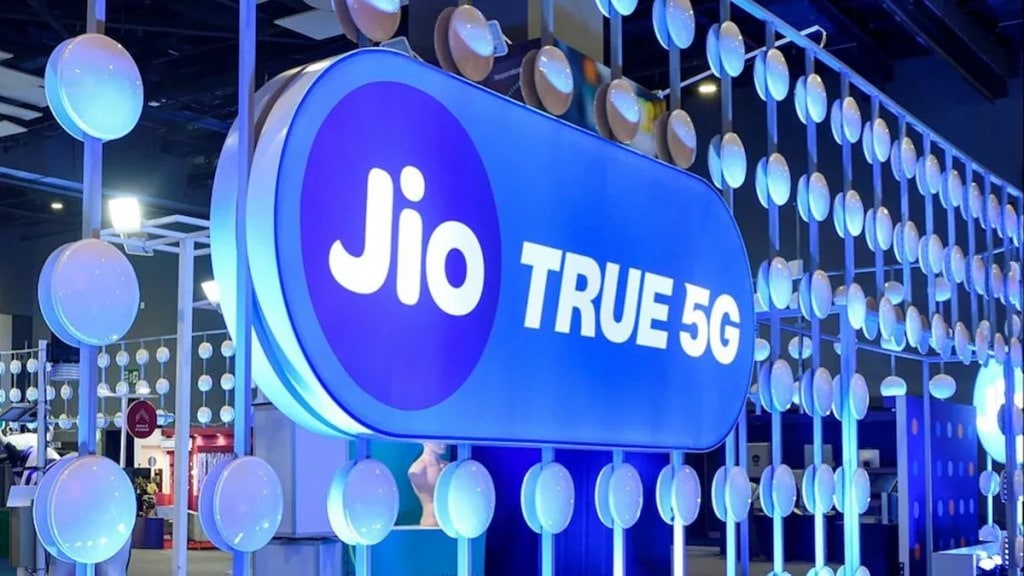Marquee investors in Jio Platforms Ltd (JPL) are set for a windfall as the Reliance Industries Ltd (RIL) subsidiary prepares to go public in the first half of 2026. Analysts estimate the company could command a valuation of Rs 10–12 lakh crore compared with Rs 4.62 lakh crore in 2020.
The listing of the country’s largest digital services company, which also houses Reliance Jio Infocomm, will be one of India’s biggest stock market events in recent years.
Big tech bets to pay off
In 2020, JPL embarked on a fund-raising spree that fetched it Rs 1.5 lakh crore capital and brought on board big tech names like Meta (then Facebook), Google, and global investors like KKR, and Saudi Arabia’s Public Investment Fund (PIF).
All these investors stand to double their investments if they decide to offload their stakes in the company.
In 2020, Meta Platforms invested Rs 43,574 crore to acquire a 9.99% stake in JPL, a move that underpinned the company’s ambitions in e-commerce and digital payments. Soon after, Google committed Rs 33,737 crore for a 7.73% stake, tying the partnership to the launch of affordable smartphones built on Android.
Alongside these tech majors, US private equity firm KKR invested Rs 11,367 crore for a 2.32% stake, while Saudi Arabia’s Public Investment Fund (PIF) injected Rs 11,367 crore for 2.32%.
The rapid succession of deals triggered a re-rating of JPL’s enterprise value. When Meta came on board in April 2020, Jio Platforms was valued at Rs 4.62 lakh crore. Within a month, as subsequent investors came in at a higher price point, the valuation surged to Rs 5.16 lakh crore—an appreciation of more than 10% in record time.
The fundraising spree, which saw participation from 13 global investors, not only strengthened RIL’s balance sheet but also positioned JPL as a rare Indian digital platform with global backers.
IPO size and tariff hike outlook
Experts estimate that this would translate into an IPO size of Rs 50,000-60,000 crore under the current guidelines of minimum 5% dilution. However, the Securities and Exchange Board of India has recently proposed that companies with post-issue market capitalisation can opt for lower dilution of 2.5% or 2.75%. This would mean that Jio will have the option to launch an IPO of Rs 25,000-30,000 crore.
Ahead of the listing, the market is also anticipating another round of tariff hikes. Analysts expect Jio to raise tariffs in November–December 2025. The move is seen as essential to boosting average revenue per user (ARPU) and improving return on capital employed.
“We believe this increases the possibility of a ~15% tariff hike in the telecom business by Nov–Dec’25, which is likely to be positive for RIL and Bharti (Airtel), though it will be subject to potential valuation for the Jio IPO,” analysts from JM Financial noted.
Airtel management including vice-chairman and managing director Gopal Vittal, and chief executive designate Shashwat Sharma at the recently held Singtel investor day meet said that ARPU growth will come from the natural cycle of upgradation, analysts from BofA said. On 5G, the executives said that monetisation will pick up when the unlimited 5G plans are removed.
Analysts pointed out that for an industry-wide tariff intervention, it is imperative that the subscriber market share leader initiates the exercise, so others can follow suit.
Airtel maintains that if the industry structure improves then it’s a great scenario for everyone, though it will require a few more rounds of tariff hikes. Jio’s path to IPO signals the possibility of one such round, allowing Airtel to inch closer to its target Arpu of Rs 300 per month.
For Vodafone Idea, another round of tariff hikes will mean better chances of improving its liquidity. The telco is grappling with cash flow woes and a lack of visibility on a fund-raise to invest in network expansion capex.


